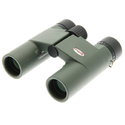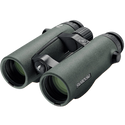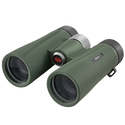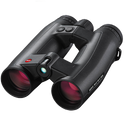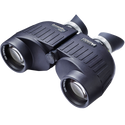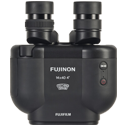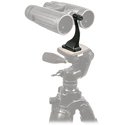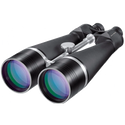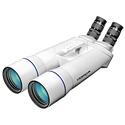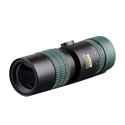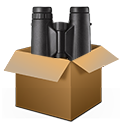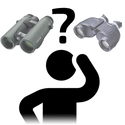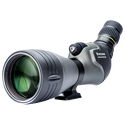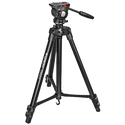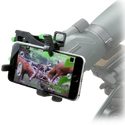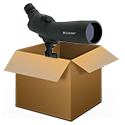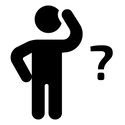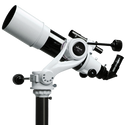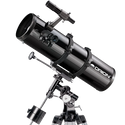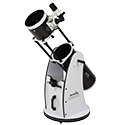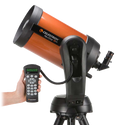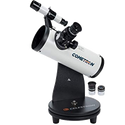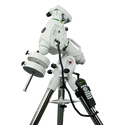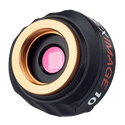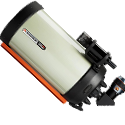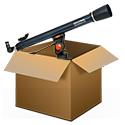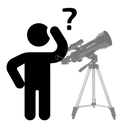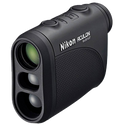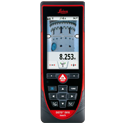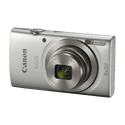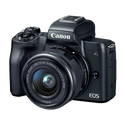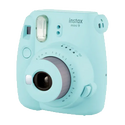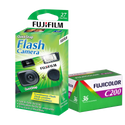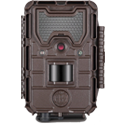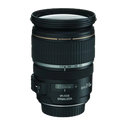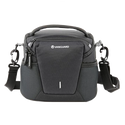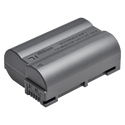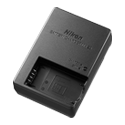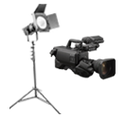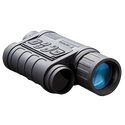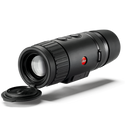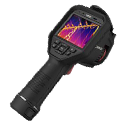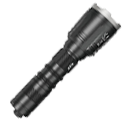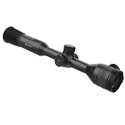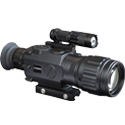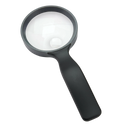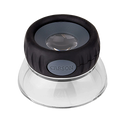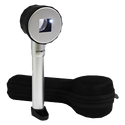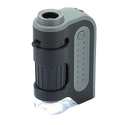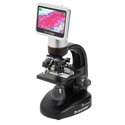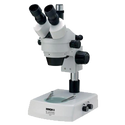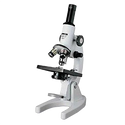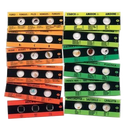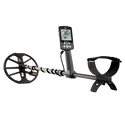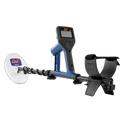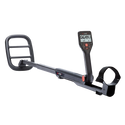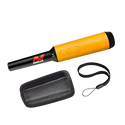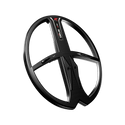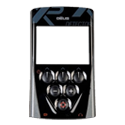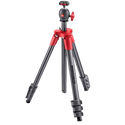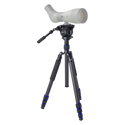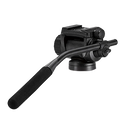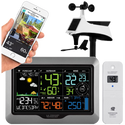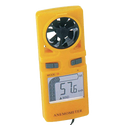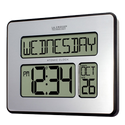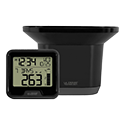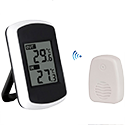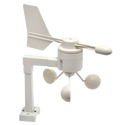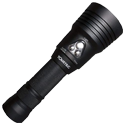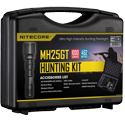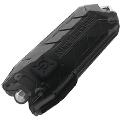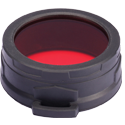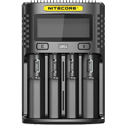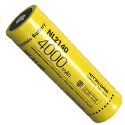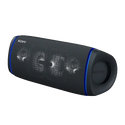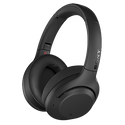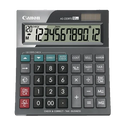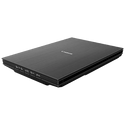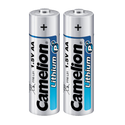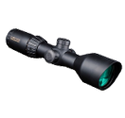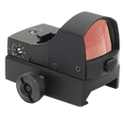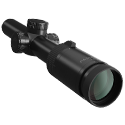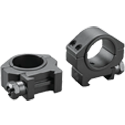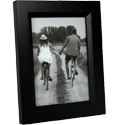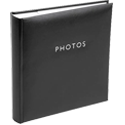Laser rangefinders (LRF) are devices that take point-to-point measurements using a low power laser. Accurately gauging distance can be incredibly useful for archers, target shooters, and hunters shooting in the field.
Laser Rangefinder buying guide
Rangefinders come in two major styles:
Monocular rangefinder

These small units offer a accurate distance measurement for hunting, archery and forestry use. They can come with features such as ballistic readout and trigonometry functions.
Binocular rangefinder
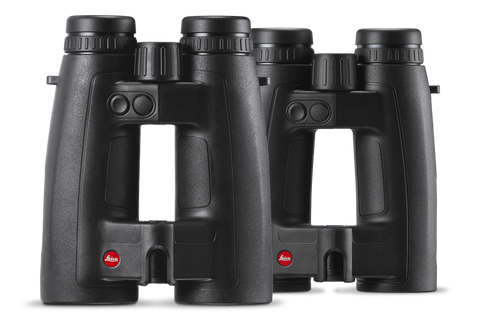
Rangefinding binoculars combine all the functionality of a laser rangefinder with a hunter's 10x42 binocular. Basic units do simple point-to-point measurements, while more advanced ones can calculate a ballistic trajectory based on an array of variables like air temperature, wind, bullet profile etc.
What you see when you look though a rangefinder
This changes depending on brand but you always see a little circle or cross that you can line up to the object you wish to measure. When you push the rangefinding button on the unit, it will target whatever it's circle is sitting on and measure it. Very simple.
Measurements can either be in yards or meters, not all units do both. Older Leica products will only do yards OR meters for example.
If you have ballistic or trigonometry functions, they will also be displayed. If your using a binocular rangefinder, the information will only display in one of your barrels. The side the rangefinder displays on is brand specific.
Forestry workers
In New Zealand, most forestry companies will require you to have the Nikon Forestry Pro, as it is specifically designed for forestry.
The Main Specifications of a Rangefinder
Magnification
This is how many times the object is being enlarged. Example: '7x' is 7 times larger than normal vision) Generally you will be finding that most rangefinders are around 7x, this gives a large FOV for easy targeting. Magnification does not change perspective.
Objective Lens Size
Objective lens size directly corellates to the brightness of the image. As the lens size increases so does the brightness of the image and the weight of the unit. Monocular rangefinders typically have a 24mm objective, whereas binocular rangefinders are typically 42mm.
Range
Longer is better. However the long range units will lighten your pocket. Most users do not realistically need to range @ 2000 yards (1828.8m) so it pays to be sensible in picking a unit.
Battery life
The last thing you want is for it to give up in the field. Make sure it has good battery life or carry spare batteries.
Rangefinding Technology
Most rangefinders do more than simply point to point these days. It's common to find Bushnell rangefinders with Bow modes, Leica's with Barometric displays (atmospheric pressure) and Nikon's with Trigonometric calculations. Most Rangefinders have a scan mode as standard. Please read the listings on each product to find out the various features.
Reticles
Reticles vary from model to model and brand to brand, some will use a crosshair, others a dot. Neither is better, we recommend using what you prefer.
Protection
Lets face it, things happen. Having a well protected unit is going to serve you better in the long run. Top end units are often made out of magnesium alloy where a cheaper unit would be made out of harden plastic coated with rubber armour. The strength of a unit is really tied to it's price again. Rain-protection is standard on all hunting models. A case may not be.
Still need more help?
Find The Right Fit With Our Great Range
Our staff are experienced experts and would be more than happy to talk about options for you. Please call or email us today.
Browse our great range of Rangefinders

